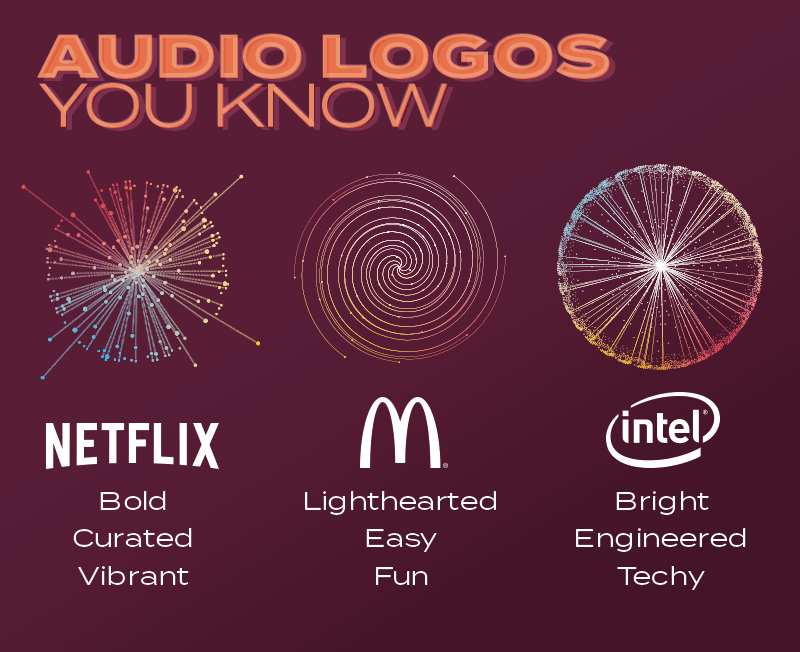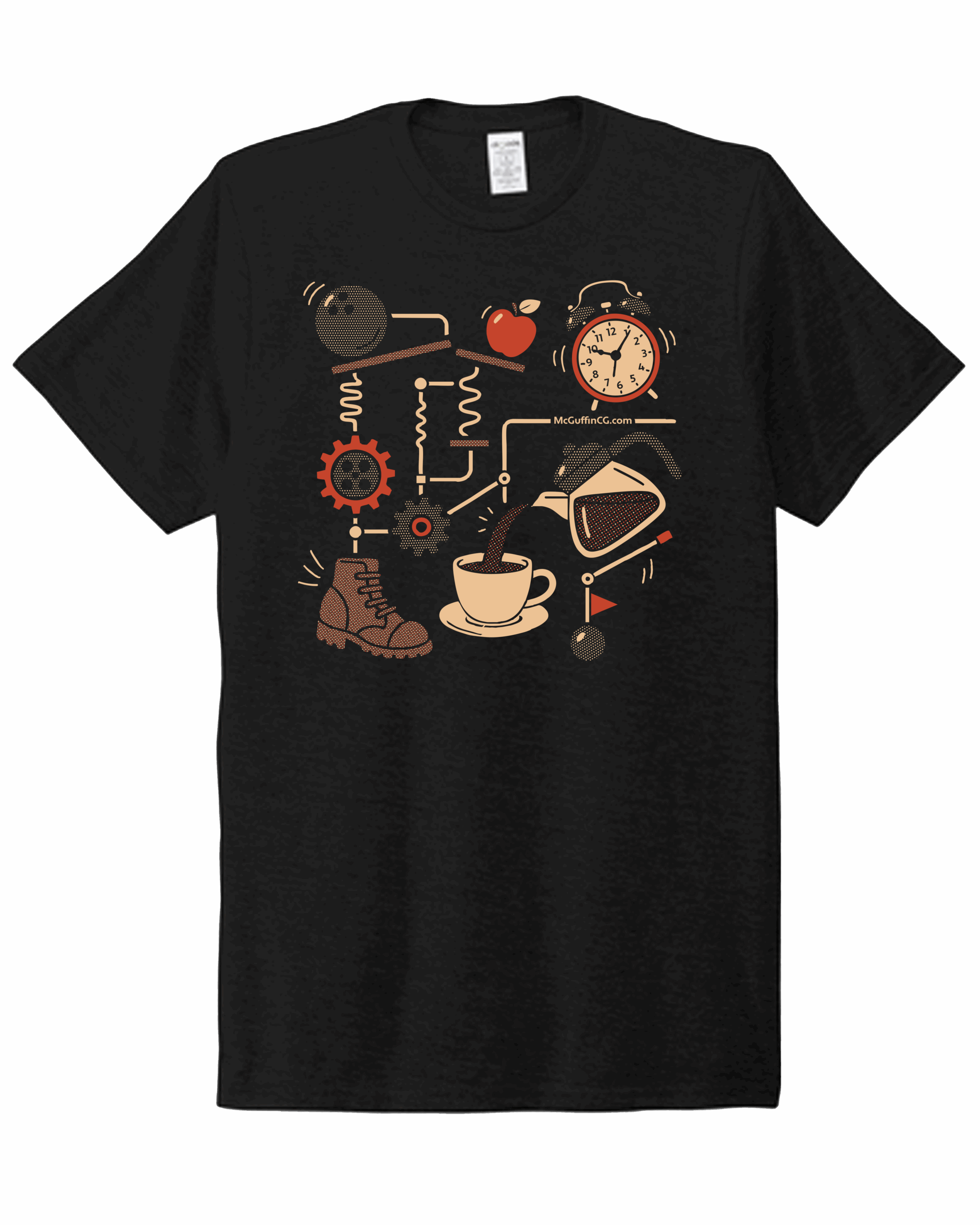Sensory branding: differentiate your brand in the minds (and ears, eyes and noses) of customers

Imagine an ATM that speaks Cockney. Or credit cards that are shaped to let people feel the difference between their debit and credit card. Or a bank that delivers a distinct tone to let you know when your transaction is secure.
Welcome to the world of sensory branding.
As consumers evolve past traditional forms of media, exciting new technologies and tactics are opening new avenues for harnessing the power of all five senses. An entire brand DNA, a revolutionary sensory ecosystem, is empowering financial marketers to reach people in new and exciting ways.
Mastercard CMO Raja Rajamannar calls it Quantum Marketing. “There will be a ‘data deluge’ as more of our devices are connected and collecting constant data on consumers; how will brands use it?” Rajamannar asked at the 2022 Chicago AMA BrandSmart Conference. “There are more than 600 million ad block users in the world. People are paying to go to ad-free platforms, closing opportunities for marketers. We can’t hold onto old paradigms of advertising.”
Can a fragrance be a headline?
As long as there has been marketing, it’s been driven, first and foremost, by words and pictures. From print to radio to TV, the act of engaging consumers has involved grabbing their eyes and ears for the few fleeting moments they’re paying attention. “Limited time: 10% off!” “Low rates!” “Tastes great, less filling.” It’s part of what Rajamannar calls “old paradigms.”
Sensory branding has the potential to upset that apple cart, or at least add some oranges to the mix. It’s branding as insinuation, engaging the consumer’s senses in original, unexpected and (hopefully) pleasing ways. Maybe it’s a sound. Maybe it’s a scent. Maybe it’s something tactile. But by harnessing the power of sense memory, it yokes a consumer’s experience to your brand, often without ever saying a word.
Kristen Baker from Hubspot explains it this way: “Sensory branding elicits a variety of meaningful and memorable responses from individuals. It plays a large role in your ability to become a brand that your consumers can’t forget. One that your customers and promoters recognize based on a sensory response they experience with your branding.”
Global brands are embracing the new age of sensory branding. Singapore Airlines, for example, has a unique scent worn by flight attendants and sprayed throughout the plane for a refreshing, branded experience. The brand even bottled the signature scent to be sold directly to consumers. Apple taps into multiple senses with minimalist store interiors, smooth-to-the-touch packaging and branded alerts on devices. Starbucks uses the smell of freshly brewed coffee and the sound of grinding beans to surround customers with a feeling of warmth and welcome.

Leveraging the power of audio
Anyone of a certain age (and computer operating system) remembers well the omnipresent start-up sound of Microsoft Windows 95. Composed by ambient music pioneer Brian Eno, it became a 3-second soundtrack that permeated offices and homes around the — an audio imprint Microsoft stamped on a generation.
Using audio to build identity continues today. Colleen Fahey, U.S. Managing Director of audio branding company Sixième Son, said in an interview with McGuffin that Shure, a global maker of audio equipment, “looked at the sounds their headphones make during various stages like Bluetooth Pairing/On/Off/Action Complete, and evaluated micro melodies and textures that would be ownable and best communicate the intended message.”
“With the advent of TikTok, podcasts and voice-activated interaction with our devices, audio branding is fast becoming the new frontier for sensory experiences across a growing audio landscape,” Fahey said.
Shure is part of a raft of brands exploring that landscape. Visa*, for example, plays a telltale branded sound to let customers know their transaction is secure. They’re also doubling down with technology that lets customers hear a sound, see an animated message and feel a distinctive vibrating alert on their smartphone. Mastercard has created a similar “sonic identity” for consumers using their credit cards.

Sensory branding can be harnessed throughout retail financial touchpoints
Even in an increasingly digital world, the physical sensory experience remains the most immersive, even — and maybe especially — for banks, which offer multiple touchpoints from tellers to ATMs to bankers to drive-throughs.
As one example, an ATM can be a powerful touchpoint that engages customers to interact with the bank’s brand for a more holistic sensory experience. Some unique examples include pipe organ ATMs, retro phone booth designs, talking ATMs and more.

Retail banks are using sensory branding to lure customers back to physical locations and gain new people. They’re reinventing their customer experience through:
Sight: Cleaner, minimalistic looks, colorful spaces, more intimate footprints and warmer, inviting places are bringing in customers.
Sound: Playing the right music in a bank can create a feeling of comfort and familiarity.
Smell/Taste: The aroma and taste of fresh-baked cookies or spa-inspired scents creates an immersive atmosphere that keeps people coming back.
Digital Infusion: Digital interactive touchscreens and signage make the experience more user-friendly, modern and exciting.
Capital One Café is an example of a branded sensory experience that surrounds people with the sights, sounds, smells and tastes of an inviting coffeeshop.
The future is looking, sounding and feeling good
Unlike traditional marketing conduits – a snappy tagline, a bold offer or a celebrity endorsement — sensory branding is subtle, discreet, but no less powerful. It embeds itself in the consumer’s memory without the sense of a “sell.” It’s pleasant and familiar. It’s CTA is the indelible imprint it leaves in the mind’s eye.
Incorporating strategies that appeal to all five senses can open new avenues of opportunity to reinvent your financial brand’s DNA and identity as you use sensory branding to better position you for the future. The opportunities for financial products and services are exponential. The time to start exploring sensory branding to position your marketing plan for a more profitable tomorrow is now.
*Client of McGuffin Creative Group







